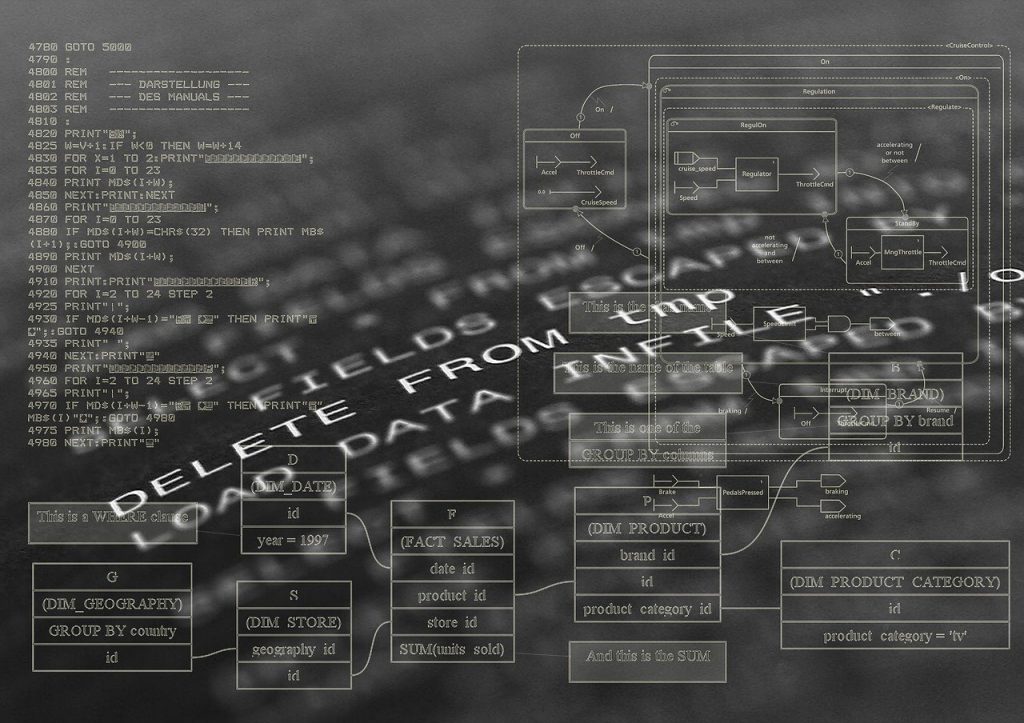Office Software to Optimize Your Business Operations

Here is a 5977 word English essay on using office software to optimize business operations:
Introduction
The modern workplace relies on productivity software to complete essential daily tasks like document creation, data analysis, communication, project management and more. Choosing the right office software suite can significantly impact business performance and efficiency. In this essay, I explore major office software options and how businesses can utilize them to optimize operations in key departments and functions.
Common Office Software Suites
Several dominant suites cater to business and professional needs:
– Microsoft Office – Word, Excel, PowerPoint, Outlook, etc. De facto standard on Windows. Robust features and widespread interoperability.
– Google Workspace – Gmail, Docs, Sheets, Slides, Calendar. Cloud-based. Seamless collaboration and accessibility.
– Apple iWork – Pages, Numbers, Keynote. Design focus. Tight macOS and iOS integration. Limited cross-platform support.
– LibreOffice – Open source MS Office alternative. Full featured. Lacks some compatibility and polish.
– Adobe Creative Cloud – Acrobat, Photoshop, Illustrator, InDesign. Media creation and document editing. High cost but industry standard.
Administrative Departments
Administrative departments like Human Resources (HR) and Accounting rely heavily on office software to manage workflows:
– HR can track applicant information and communicate using Word or Google Docs. Spreadsheets help organize and analyze employee data.
– Accounting benefits from ledger and calculation features in Excel or Sheets. Invoicing and billing automation through connected apps.
– Customer relationship management (CRM) systems integrate with office suites to manage sales contacts, email campaigns, and task tracking.
– Database programs can extract data for analysis in spreadsheets and reporting. Forms and workflows standardized through templates.
– Presentation software helps convey information visually in training seminars, company meetings and more.
Optimized Routine Tasks
Office suites boost productivity through:
– Template documents with standardized formatting for repetitive documents like quotes, invoices, agendas, etc.
– Inventory management using spreadsheets or database software to accurately track stock levels.
– Automated form filling and data entry through form templates and digital workflows.
– Email marketing integration forbulk communication with customers and mailing lists.
– Macros to automate multi-step processes like data consolidation from various sources.
– Shared cloud storage and remote access to documents enables seamless collaboration.
– Scheduling and calendar tools to organize meetings and appointments.
Enhanced Analysis and Decision Making
Data-driven insights improve decision making through:
– Interactive dashboards and visualizations in Excel or other BI software to digest data.
– Pivot tables, formulas and statistical functions to flexibly analyze information.
– Scenario modeling and what-if analysis to project outcomes.
– Monte Carlo simulations for risk management using randomized sampling of potential variations.
– Optimization tools to find ideal solutions under defined constraints.
– Machine learning and predictive analytics using add-ins to uncover hidden patterns.
Better Interdepartmental Coordination
Smooth workflows between departments by:
– Using shared templates and formats for consistent documents.
– Automating hand-offs of data outputs from one team to another’s inputs.
– Collaborating on spreadsheets, presentations and workflows.
– Building dashboards with departmental metrics visible to all stakeholders.
– Using macros to combine sources into consolidated reports.
– Emailing and calendaring facilitates cross-team meetings and communication.
– Secure cloud storage, remote access and permissions enable controlled data sharing.
Sales and Marketing
For driving sales and engaging customers:
– Word processing for sales contracts, marketing collateral like brochures, and customer communications.
– Spreadsheets track sales leads, contacts, pipeline metrics and compile mailing lists.
– Presentation software generates polished visual pitches and proposals.
– Email and CRM system connectivity to manage prospect outreach and nurturing campaigns.
– Data analysis with segmentation and metrics to optimize marketing spending and strategy.
– Graphic design tools like Photoshop for ad creation.
IT and Technical Teams
IT and engineering roles utilize office software for:
– Documentation writing with formatted technical specifications, manuals and wikis.
– Diagramming software for flowcharts, architecture diagrams, UML visualizations, and wireframes.
– Spreadsheets to organize and synthesize data from monitoring tools and dashboards.
– Light programming and scripting to automate tasks through office app macros.
– Collaborative editing for brainstorming, notes and documentation.
– Presentations to pitch technology recommendations and demonstrate new systems.
– Email and chatting enables quick technical team communication and coordination.
Optimizing business operations requires matching software capabilities to workflows. Thoughtfully applying office suites’ flexibility, collaboration and automation tools has wide-ranging benefits. Administrative tasks become more efficient and consistent. Data analysis provides insights for smarter strategy. Interdepartmental coordination improves through shared systems and information access. Customer-facing teams are empowered to better understand and serve their markets. Technical teams can work more effectively together. While specialized software will still be required for advanced use cases, thoughtfully utilizing office suites amplifies an organization’s collective productivity.








